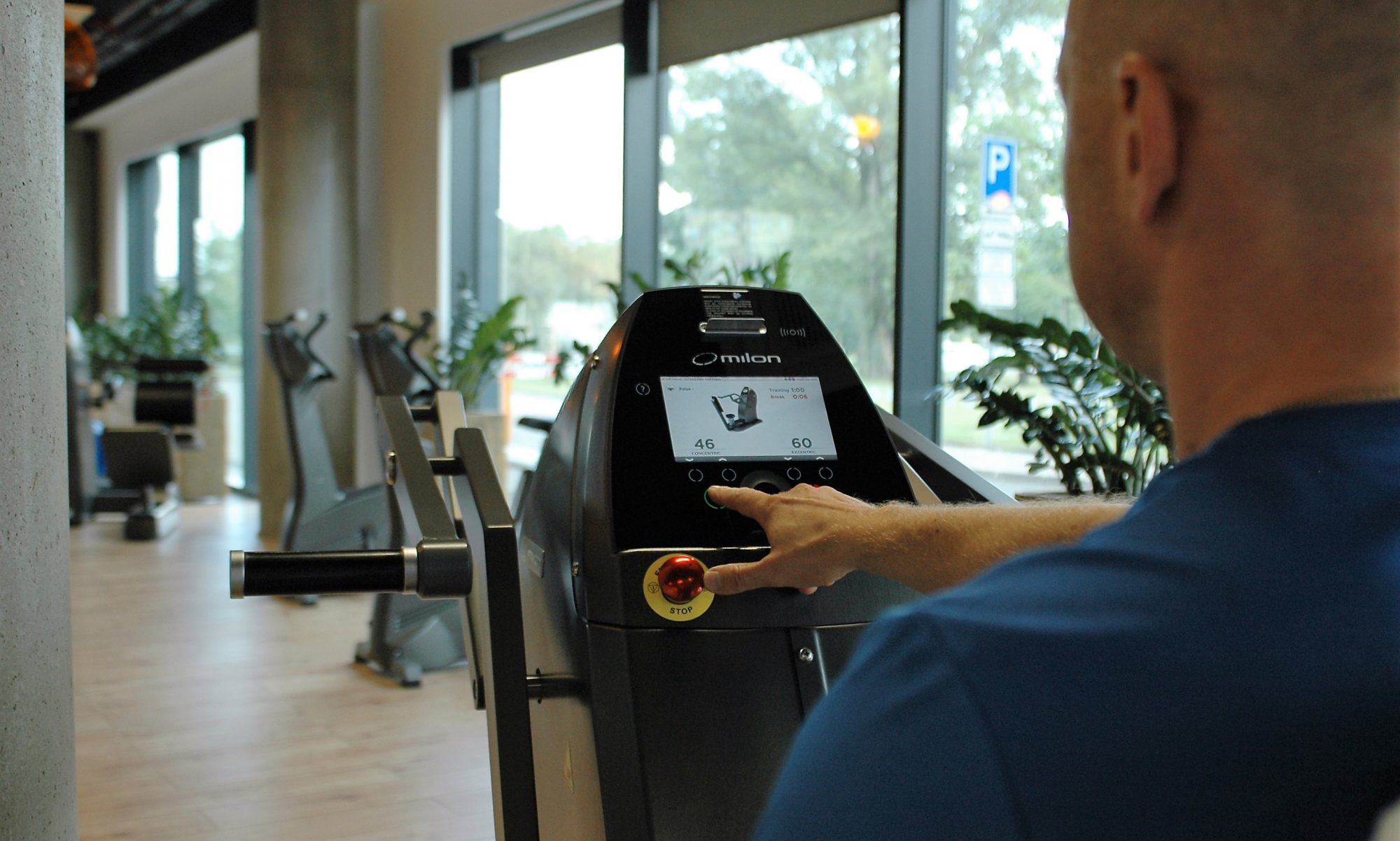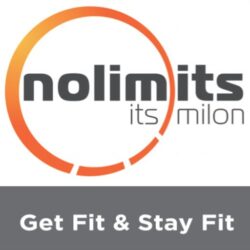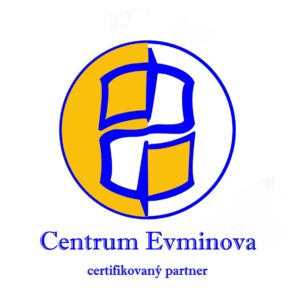Sign up for your first training session
Many illnesses – one problem: a diseased spine
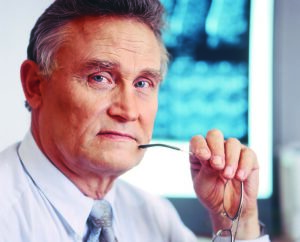 Those who have no back problems are fortunate. Musculoskeletal disorders are among the most common ailments today. Despite various pharmaceutical treatments and the introduction of new therapeutic methods, the incidence of scoliosis and osteochondrosis is increasing. More than 75% of people suffer from spinal disorders.
Those who have no back problems are fortunate. Musculoskeletal disorders are among the most common ailments today. Despite various pharmaceutical treatments and the introduction of new therapeutic methods, the incidence of scoliosis and osteochondrosis is increasing. More than 75% of people suffer from spinal disorders.
Among school-aged children, nearly 90% have poor posture, and 20% of them are diagnosed with scoliosis. Whereas previously such cases were rare, nowadays we encounter weak back muscles, hunching, protruding shoulder blades, kyphosis, and scoliosis on a large scale even in preschoolers. These changes begin in childhood, especially during school years, continue into adolescence, and in adulthood develop into clinical osteochondrosis.
Simultaneously, spinal deformities also disrupt the function of the lungs, autonomic nervous system, heart, liver, kidneys, and can lead to gynecological issues and reduced visual acuity. These conditions have become an inseparable part of every family’s life. Therefore, one of the most pressing issues today is finding effective and accessible methods and means to restore people’s health on as large a scale as possible.
Today, we can present the world with a new, unique methodology for the prevention and treatment of spinal diseases.
The uniqueness of this methodology lies in its extraordinary simplicity, cost-effectiveness, and, most importantly, its effectiveness. This effectiveness is often achieved quite quickly, and the results can be maintained for the rest of one’s life.
The Evminov method can aid in the regeneration of intervertebral discs, relieve pinched nerve endings, and strengthen the muscle corset. Strengthening the internal muscles will support your spine and help maintain its correct position, which can be a key prevention of pain.
Evminov Exercise Method
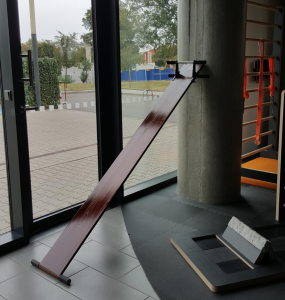
Exercise According to the Evminov Method Triggers the Mechanisms of Structural Self-Restoration of the Spine at Various Ages. It Can Have a Positive Effect—ranging from Poor Posture and Pain Caused by Scoliosis to Various Manifestations of Osteochondrosis, such as Disc Herniation, Radiculitis, Spondylarthrosis, and more.
The core of the Evminov methodology is understanding the “culture” of the spine, which means grasping the fundamental rules for spine care throughout life. This understanding allows us to support the spine’s health and functional condition and protect it from negative destructive influences. It can be likened to dental hygiene. A kind of “toothbrush” for our spine is the Evminov trainer.
The Evminov method not only supports regular spine care but also helps to restore functional disruptions that cause spinal diseases.
Want to learn more? Sign up and give it a try!
Sign up for your first training session
Why Do Backs Hurt?
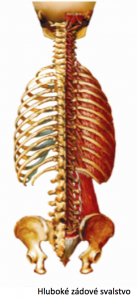
To answer this question, we need to look at how the human spine functions.
The back muscles are divided into three layers:
- The Superficial Layer: These are the large muscles visible under the skin.
- The Intermediate Layer: These muscles are somewhat smaller and located beneath the larger muscles.
- The Deep Back Muscles: These are very small muscles located along the spine, and they are not visible.
Each layer of muscles has its own function. The large and intermediate muscles keep the body upright and are used during walking and various activities performed throughout the day. Therefore, the large muscles handle significant and heavy work.
The small muscles are small precisely so they do not participate in heavy work. Their primary role is to hold the vertebrae in place to prevent the spine from collapsing and to nourish the intervertebral discs.
The intervertebral discs themselves have neither blood vessels nor lymphatic vessels. Where there are no vessels, there is no blood flow. And where there is no blood flow, there are no nutrients that blood delivers to every body organ.
Therefore, each disc receives nutrients from the adjacent muscles. When a muscle works, blood flows into it, bringing “nutrients” along. The muscle then transfers part of its nourishment to its neighboring vertebra. In this way, all vertebrae receive the necessary substances.
However, there’s a small complication: for this mechanism to start working, the tiny muscle must be activated. As we’ve mentioned, the muscle is small, so its work must also be minimal. These are light, gradual movements without load or effort.
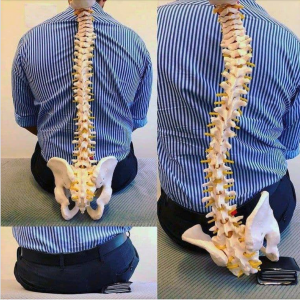
To achieve the proper loading of the back muscles, a person needs to perform two completely different types of movements during the day:
Hypodynamics (lack of movement), poor posture, improperly organized physical work, or professional sports are factors contributing to the development of spinal disorders.
The main “doctor” for the spine, the primary restorer of lost functions, is movement. However, after leaving work, instead of engaging in active movement, we get into the car. Stops at traffic lights, sudden braking, accelerating, and braking again. Experts say that the “jerky” head movements caused by driving are also a cause of cervical osteochondrosis. When we get home, we tend to sit or lie down because of back pain or simply due to overall fatigue.
Muscle fatigue and a weakened muscle corset are conditions that should not be overlooked. Why are people with weaker, less developed muscles more prone to spinal disorders like osteochondrosis (worn intervertebral discs) and scoliosis?
It is well-known that men have a stronger muscle corset than women, which is why women find it more difficult to lift heavy objects. However, women often have to lift children, shopping bags, and other large items throughout the day. It’s no wonder that women frequently complain of “back pain.” But why do athletes and physically active workers also complain? They have strong muscle corsets! The reason for them is different: it is constant overloading and micro and macrotraumas.
Thus, the worsening of spinal disorders is triggered by a lack of physical activity, excessive or inappropriate loads, prolonged exposure to cold, or colds. Deterioration can also occur due to excessive mental and nervous exhaustion, or as a result of a bad mood or depression.

According to observations by English researchers, two-thirds of the current population suffers from various internal organ diseases, which are directly related to the condition of the spine. After the age of forty, this affected portion of the population constitutes a full three-quarters of the population.
During times of home relaxation, we try to enjoy a sense of comfort: we settle comfortably in a chair, on a sofa, or in an armchair and immerse ourselves in what we call rest. But for the spine, this is merely a perceived rest. Naturally weak back muscles cannot support the spine during such “rest.” Instead of allowing the spine to recover after a day’s work, this type of “relaxation” distorts its natural curve.
Changes That Come with Age and Incorrect Lifestyle Habits


Static-Dynamic Load on the Human Spine Increases Due to Its Vertical Position, Accelerating Its Aging.
Negative changes in the spine often first manifest in the intervertebral discs and can even be observed in people as young as twenty.
Degenerative changes in the spine are explained as follows: Shock absorption during walking, running, and jumping is achieved at the expense of the intervertebral discs—cartilaginous inserts located between the vertebrae. Each disc consists of an outer fibrous ring and a liquid gel-like nucleus.
The fibrous ring absorbs shocks, keeping the gel-like nucleus centered within the vertebra. As the disc ages, the fibers of the fibrous ring weaken, tear, and the distance between vertebrae decreases. Consequently, a person’s height may reduce with age. When the fibrous ring tears, cracks form through which the gel-like nucleus can “leak out,” resulting in a herniated disc. The stack of vertebrae forms the spinal canal, which houses the spinal cord. Nerve roots exit through bony openings formed by adjacent upper and lower vertebrae, branching out into nerves that extend to various body organs.
A herniated disc compresses the nerve fibers, irritating them and causing inflammation of the spinal root.
If you would like to sign up for the first training session, please fill out this form.
